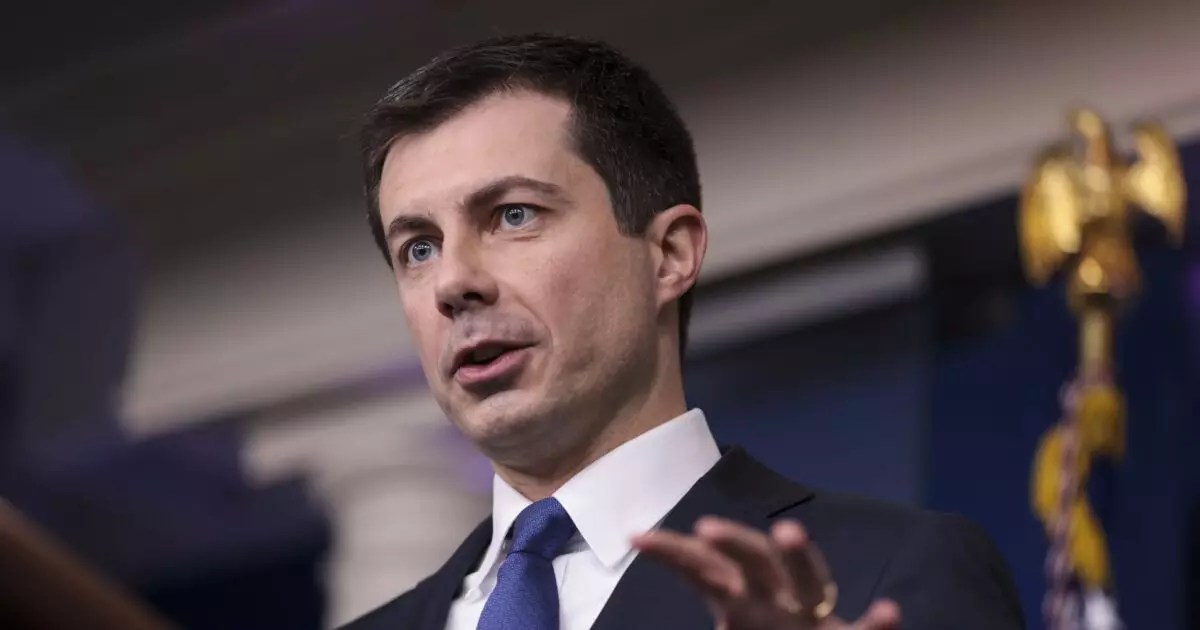The recent allocation of over $332 million by the U.S. Department of Transportation for airport modernization projects marks a significant shift towards upgrading America’s air travel infrastructure. Through the Federal Aviation Administration (FAA) and funded by the Bipartisan Infrastructure Law (BIL), this initiative aims to rejuvenate 171 airports across 32 states, reflecting a commitment to enhancing safety and accessibility in air travel.
U.S. Transportation Secretary Pete Buttigieg emphasized the urgency of these upgrades, stating, “We are using funds from the BIL to make historic investments in our nation’s airports to address a backlog of needs and accommodate growing air travel demand.” These remarks indicate a proactive approach to addressing an aging infrastructure that has struggled to keep pace with increasing passenger volumes. As travel resumes post-pandemic and demand surges, modern airports equipped with state-of-the-art facilities play an integral role in ensuring passenger safety and satisfaction.
Diverse Projects, Local Impacts
The variety of projects funded by this grant showcases a comprehensive strategy aimed at addressing multifaceted needs in the aviation sector. From major airports handling international flights to smaller regional facilities, each project responds to unique local circumstances. The Airport Infrastructure Grants program supports a vast array of enhancements, including terminal expansions, baggage system upgrades, and critical safety improvements.
For instance, Phoenix Sky Harbor International Airport receiving $84.3 million for a new 2,100-foot taxiway exemplifies strategic expansion to cater to rising traffic. Such projects not only help alleviate congestion but also enhance operational efficiency. The integration of passenger facility charges and bonds in funding indicates a financially sustainable model for large-scale airport construction, ensuring airports can meet the future demands of air travel.
Similarly, projects like the $18.8 million expansion at Sitka Rocky Gutierrez Airport in Alaska reflect an understanding of geographical and climatic challenges faced by different states. These investments ensure that airports can reliably serve their communities while also enhancing passenger experience, particularly in remote areas where travel options are limited.
The grants are not purely focused on expansion; safety and sustainability are central themes woven throughout the funding distribution. The BIL specifically allocated $25 billion over five years for improving airport and air traffic control infrastructure, highlighting the federal government’s recognition of the challenges presented by older facilities. For instance, Tallahassee International Airport is using $6.7 million to bring two new taxiways in line with FAA design standards, demonstrating a commitment to safety protocols that protect both passengers and aircraft.
Moreover, airports like Telluride Regional Airport are investing in navigational aids to improve safety, showing a forward-thinking approach to technology integration. As air travel becomes increasingly complex, ensuring that airports can maintain safety and efficiency will be vital for long-term viability and passenger confidence.
As we look forward, it is clear that these investments are more than just improvements to airport infrastructure; they symbolize a broader commitment to modernizing the aviation sector in the face of mounting challenges. Facilities like Hector International Airport are now expanding their terminals to accommodate more passengers, while Madisonville Regional Airport works on enhancing operational safety. Each project contributes to a cohesive vision of a future where U.S. air travel can meet the demands of its citizens efficiently and safely.
The infusion of funds from the Bipartisan Infrastructure Law catalyzes a much-needed transformation within the aviation landscape. By prioritizing modernization, safety, and sustainability, this initiative not only addresses immediate needs but also secures the long-term future of air travel in America. As these projects come to fruition, travelers can look forward to an enhanced flying experience characterized by greater accessibility and improved safety.


Leave a Reply